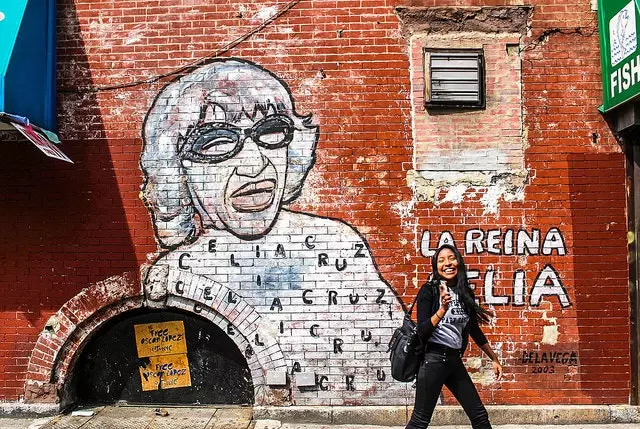
Celia Cruz representing!
WHERE IS EAST HARLEM?
It is the northeast corner of the island of Manhattan, bounded on the North by the Harlem River, on the East by the East River, on the West by Fifth Avenue, and on the South by 96th Street.
WHAT IS EAST HARLEM?
In the late 19th century when the first waves of immigrants arrived in New York, It was the southern Italians and Sicilians who previously occupied this area . So before they moved to the mulberry street and arose Little Italy , this part of Harlem was known as Italian Harlem ; of which there are still remains in Pleasant Avenue, the shortest avenue and closest to the river. There resists Rao's, the most exclusive restaurant in all of New York. Its 10 tables are reserved for life. You can only dine there, if you know any of those lifetime customers, or if you inherit one of those reservations.
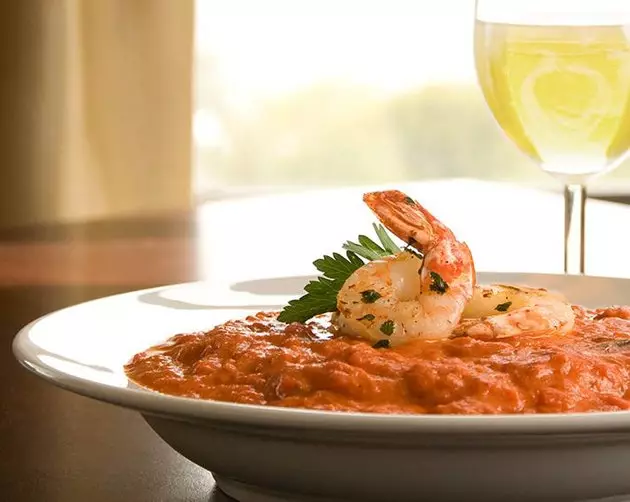
The Italian origins of East Harlem
After World War I, they began to arrive in New York Puerto Rican immigrants that were installed in Bronx and especially in this harlem area . World War II increased the pull effect and that's when Italian Harlem became known as Spanish Harlem or, among your neighbors, The neighborhood . It has now been renamed as East Harlem, in the latest wave of gentrification.
You can visit it, without problem, on your own. Or with local guides like those offered by Taste Harlem, who will make you a tour of the most interesting places while they tell you their history and meet neighbors who have been living on the same block for 70 years, in the same house, and who resist being expelled by New Yorkers who come with more money looking for more space: they buy the houses, throwing out their previous inhabitants and raising the prices.
As it happened to ** Justo Botánica **, a santería with 70 years of history which recently had to leave the large premises where its founders settled, the parents of Jorge Vargas , who still runs it in the new location and is one of the leaders of the community.
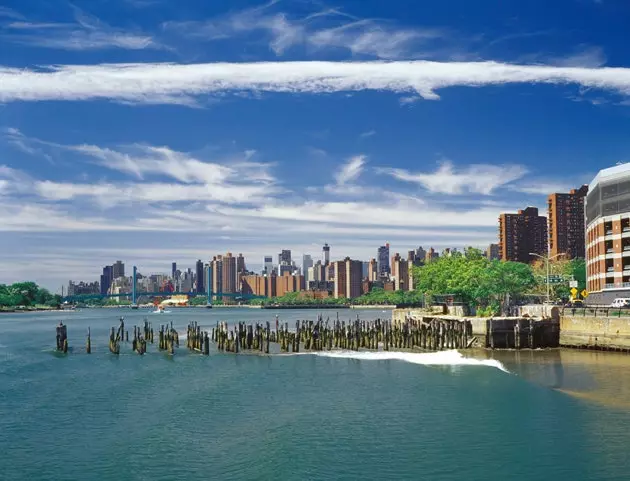
East Harlem
OTHER ILLUSTRIOUS NEIGHBORS?
maybe Mark Anthony He is the most famous and the one who speaks with more frequency and pride of the neighborhood of his birth. But in Spanish Harlem they were also born Al Pacino, Tito Puente, Burt Lancaster, and Fiorello La Guardia, one of the mayors of New York who did the most for the city.
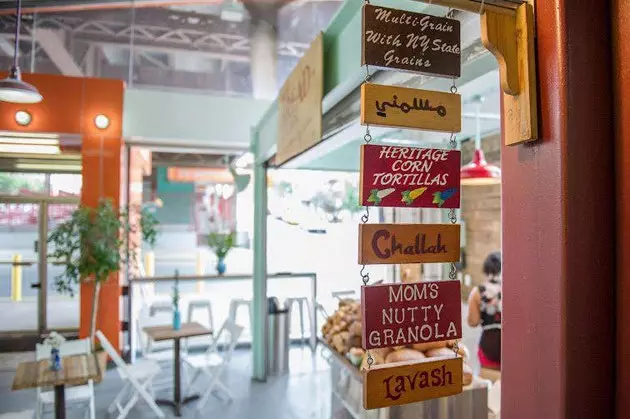
The most international mix of flavors
WHAT DO YOU EAT?
Of everything, but as we stick to the latin and hispanic flavors , you can taste, without leaving a handful of streets, the Puerto Rican gastronomy, the still dominant population, called 'nuyorricans' ; the Dominican, the Mexican or the Cuban, from the most recent waves of immigrants. 116th street between avenues 2 and 3 is now known as Little Pueblo or Little Mexico for the number of Mexican food stalls and restaurants.
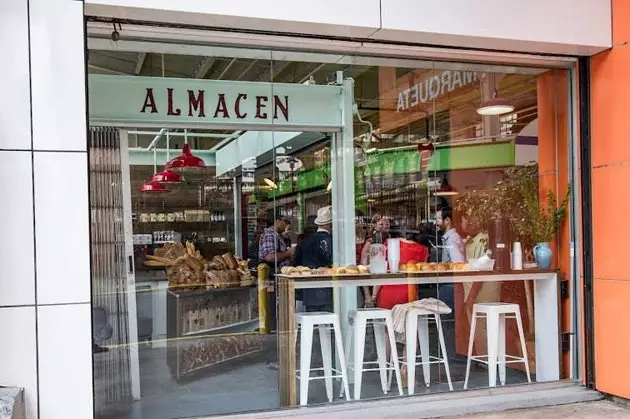
The old neighborhood market
WHERE DO YOU EAT?
Weekends can start at La Marqueta , the neighborhood's old market, opened in the 1930s by La Guardia, which they have now recovered with local food vendors and live music . In the closed part of the market, there is Hot Bread Kitchen, one of the best bakeries in town (her ciabatta really tastes like ciabatta. And it crunches!), and, in addition, an association that trains immigrant women without resources in the trade, helps them find work and learn English. Everything they earn goes to their project , and what they don't sell that day ends up in food banks.
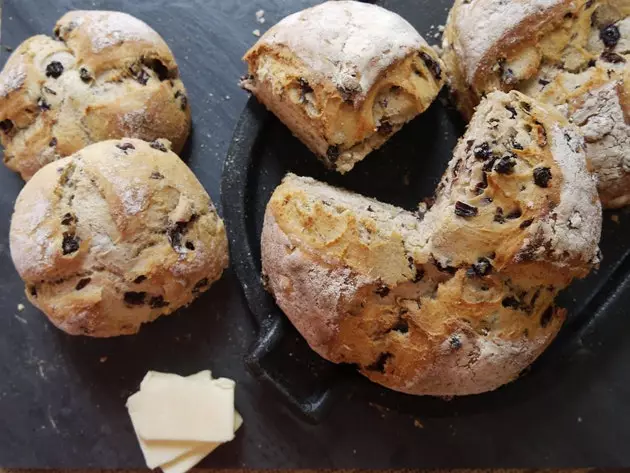
One of the best bakeries in town
In sweets, other Taste Harlem recommendations are Coco Le Vu for candies of all kinds; and Valencia Bakery , a pastry shop founded in 1948 by a Valencian , specializing in birthday cakes, but with delicious guava cakes.
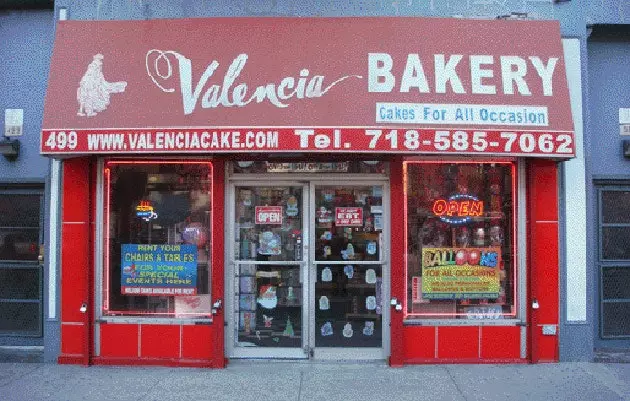
A pastry shop founded in 1948 by a Valencian
If we go to salty, you have to try the ropa vieja and the roasted suckling pig from Cuban love. Their mojitos, their flan and their beans made every day. Also, they have live music many nights. And jumping from island, in La Fonda they cook typical puerto rican food for more than 25 years, such as the shrimp mofongo. Both have important work with the neighborhood and exhibit the work of local artists on their walls.
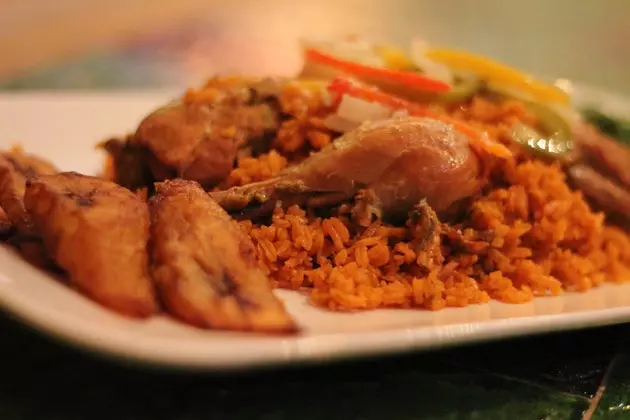
Chicken rice
MUST TO SEE?
The Puerto Rican Workshop , created in 1969, was the first organization that united Puerto Rican artists from the area and claimed their art. To see it, you can visit El Museo de El Barrio, but also look at the walls of its streets, where there are works by some of its students, like the mosaics of Manny Vega.
James de la Vega is another of the most well-known artists in El Barrio, and his chalk street arts endure in the area, such as the portrait of Celia Cruz on 103rd Street and painted in 2003 . Or the solar clock sculpture by Marina Gutierrez and James Comejo on the wall of the school on Lexington Avenue with 104.
Finally, the La Casa Azul bookstore-gallery is a fundamental cultural center in the area.
Follow @irenecrespo\_
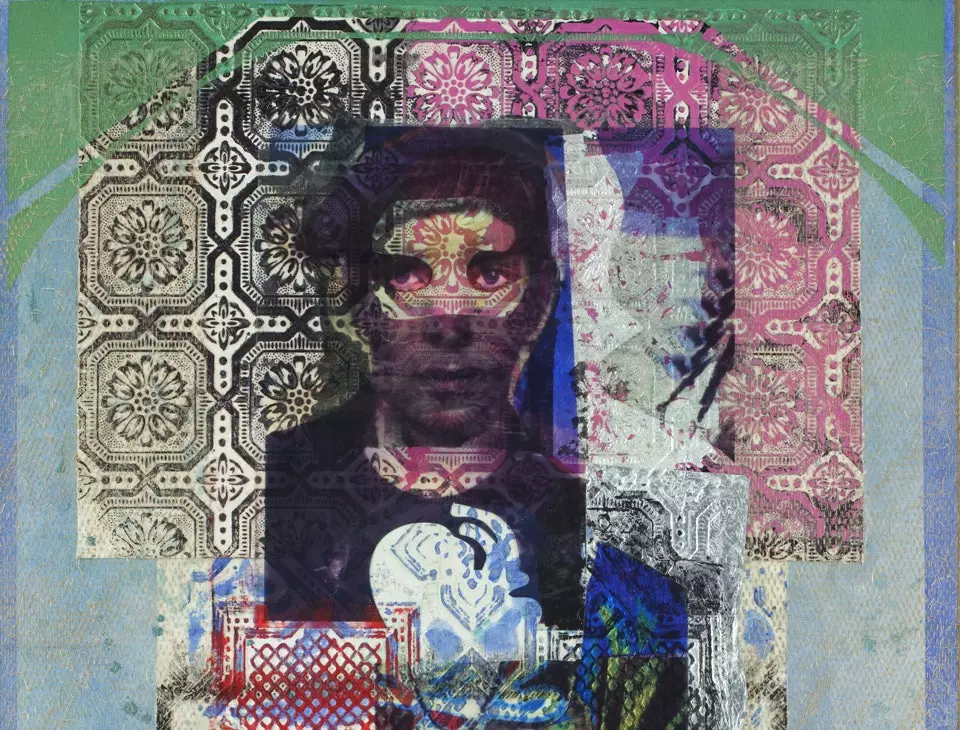
Rodríguez Calero: Urban Martyrs and Latter Day Santos
*** You may also be interested in...**
- Romantic New York
- Do not say that we did not warn you: the neighborhoods that are going to become fashionable in New York
- New York hotels whose walls speak
- 40 movies that will make you fall in love (even more) with New York
- The American 'foliage': this is how you enjoy autumn professionally
- Fifteen parks to celebrate spring in New York - 30 reasons why we like to go to New York in the fall - Twelve very romantic ways to spend Christmas in New York
- Would you like to live in RAMBO? The most ridiculous names of the neighborhoods of NYC
- Five reasons to go to Staten Island
- 100 Things You Should Know About New York - Williamsburg: Chronicle of a Hipster Neighborhood
- The essential breakfasts in New York
- The best brunches in New York
- All articles by Irene Crespo
